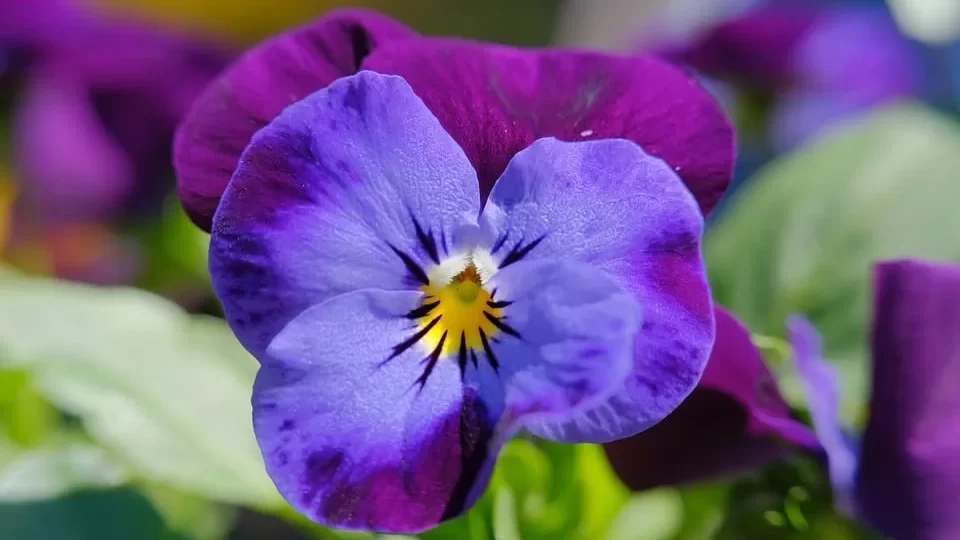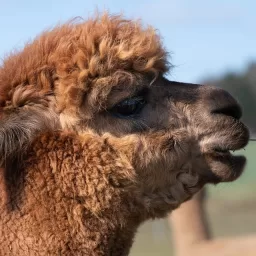
Native American Musical Styles
Music is an important part of Native American culture. Many researchers feel that Native American music is some of the most complex music ever performed, due to its tensing and releasing of the vocals and the varying drum beats.
Their traditional music is essentially religious and is their main means of communicating with supernatural powers. In general, it is passionate, and mostly vocal. This passion has greatly influenced modern folk music. Their music is entirely melodic with no harmony, and has unusual, irregular rhythms. The main instruments they use are drums and rattles, and flutes and whistles. Men and women typically sing separate songs and have their own dances to reflect the eternal balance and harmony.
The music of each of the hundreds of Native American tribes is distinct but their musical traditions do have some common elements. The tribal groups can be grouped into six zones (the Eastern Woodlands, South West, Great Basin, Plains, Northwest Coast, and Artic) based on their musical traditions.
The Eastern Woodlands region includes tribes such as the Creek, Cherokee, Choctaw, Iroquois, and Shawnee. Their music is antiphonal (answering responsively), and includes frequent metric changes, rhythmic complexities, a close relation with ritual dance, and the use of flutes, drums, rattles etc.
The Great Basin is a sparsely populated region that includes tribes such as the Shoshoni, Ute, Modoc, and Klamath. Their music is extremely simple, discrete, and ornate. It has short melodies with a less than an octave range, relaxed and open vocals, paired-phrase structure, and moderately blended monophony (has a single vocal part).
The Great Plains includes tribes such as the Blackfoot, Crow, Comanche, and Cheyenne. Their music has nasal tone, high pitches, and frequent falsettos. It uses instruments such as the bass drum and solo end blown flutes.
The South West region includes tribes such as the Pueblo (including Hopi, Zuni, Pueblo tribes among others) and Athabaskan (including the Navaho and Apache). Athabaskan music has swift, plain style nasal vocals and unblended monophony, and uses instruments like drums or rattles and the Apache fiddle. Pueblo music is quite complex, and includes slow tempo, a variety of forms, the use of several percussion instruments, and a low range and highly blended monophony.
The Northwest Coast includes tribes such as the Nootka, Tsimshian, and Salish. Their music is one of the most complex in North America. It has open vocals with monophony, complex and declamatory (dramatic or rhetorical) rhythms, and long melodies accompanied by chromatic intervals. It uses a wide variety of whistles, flutes, horns, and percussion instruments.
The Artic region includes the Inuit, who are known for their throat singing. Their music is simple and has narrow ranged melodies, declamatory effects, and the use of box drums.
Like other musical styles, Native American music is evolving. In addition to pan tribal (synergic adoption of music from foreign communities) styles of music such as powwows, and peyote songs, Native musicians have developed distinct rock, blues, hip- hop and reggae styles. Martha Redbone, the leading Native American Indian musician of this century, successfully combined traditional music with soul, funk, rock, and jazz.
Tribal music is very popular today, especially recordings of the haunting Native American flute. R. Carlos Nakai, who is the perhaps most prominent native flute player of our generation, in the early 1990’s, influenced countless people to start playing the flute. Native American drums are also popular instruments now, even among non-Native Americans.
Unfortunately, attempts to assimilate Native Americans into our culture started in the early 1900’s and forbid many cultural traditions, including music. It was only in the late 1940’s that assimilation rules began to disappear. It is lucky for us that Native American music resurfaced so that we can enjoy it today.
apache
#Native #American #Musical #Styles
Will be pleased to have you visit my pages on social networking .
Facebook page here.
Twitter account is here.
Linkedin account here
Post byBedewy for info askme VISIT GAHZLY




